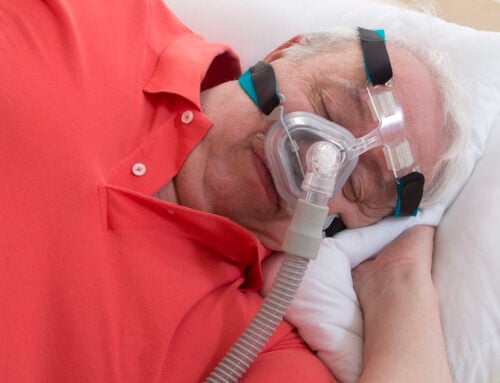Is Your Heart Out of Rhythm?
Irregular heartbeats can cause dizziness, fainting spells, or chest pain. If a person is having these symptoms, a physician may recommend a Holter monitor. Holter monitor testing is a painless method of tracking a patient’s heartbeat. Electrodes are attached to the skin and the patient will carry the device at all times during the testing period.

What is a Holter monitor?
A Holter monitor is a small device, about the size of a handheld camera, used to track a person’s heartbeat. The device is worn consistently for 1-2 days and tracks every heartbeat during this time. The device is also called an ambulatory electrocardiogram (ECG). Typically, patients have results from the test in 1-2 weeks.
When is testing needed?
A Holter monitor is needed if a patient experiences irregular heartbeats or unexplained fainting. Irregular heartbeats can include a heart beating too fast, too slow, or skipping a beat. Additional symptoms include shortness of breath and chest pain not attributed to exercise. Medicine and pacemakers can also cause irregular heartbeats.
What to expect
If a physician suspects that a patient may be experiencing an irregular heart rhythm, an ECG will be ordered. During the ECG, electronic nodes will be attached to the patient’s chest. The test lasts approximately 20 minutes and records the patient’s heart rhythm. Because the test only records for a short amount of time, irregularities may not be captured. If the patient’s symptoms are pointing to an irregular heartbeat, the doctor will likely order a Holter monitor. Pre-existing heart conditions can increase the chance of an abnormal heartbeat. Even if the patient is symptom-free, the doctor may require the use of a Holter monitor to detect any abnormalities.
Wearing the monitor
The monitor is typically worn for 24-48 hours. Electrodes will be placed on the chest and connected back to the monitor via wires. If the patient has a lot of chest hair, the technician will shave small patches so the electrodes can be adhered directly to the skin. The electrodes can be hidden under clothing and the monitor can be worn around the neck, over the shoulder, or attached to the waistband. Certain versions can even be carried in a pocket. Most patients are instructed to wear the Holter monitor at all times. The device cannot get wet, which means no showering or swimming during the testing period. Certain models are wireless and can be disconnected so the patient can bathe.
Are there any restrictions?
Patients are advised to avoid other electronics such as microwaves, metal detectors, and electronic blankets, razors, or toothbrushes. Even the smallest interruption can skew the results of the test. Cell phones should be kept a minimum of 6 inches away from the device at all times. There will be a button on the device that the patient can press to record any symptoms that arise during the test. The patient will also be asked to keep a daily activity and symptom diary.
After testing
After the test the monitor will be returned, and the doctor will compare the results with the daily activity and symptom diary. Test results generally come back within a week or two. Based on the results the doctor will determine the best method for moving forward. Additional testing may be needed.
The test is simple
Holter monitor testing is quick and non-invasive. The patient wears the monitor for a couple of days, recording any events along the way. The doctor will analyze the results and determine if an irregular heartbeat is the cause of symptoms. Patients who are experiencing any symptoms of heart rhythm irregularities can consult with a healthcare provider for testing and treatment options.




